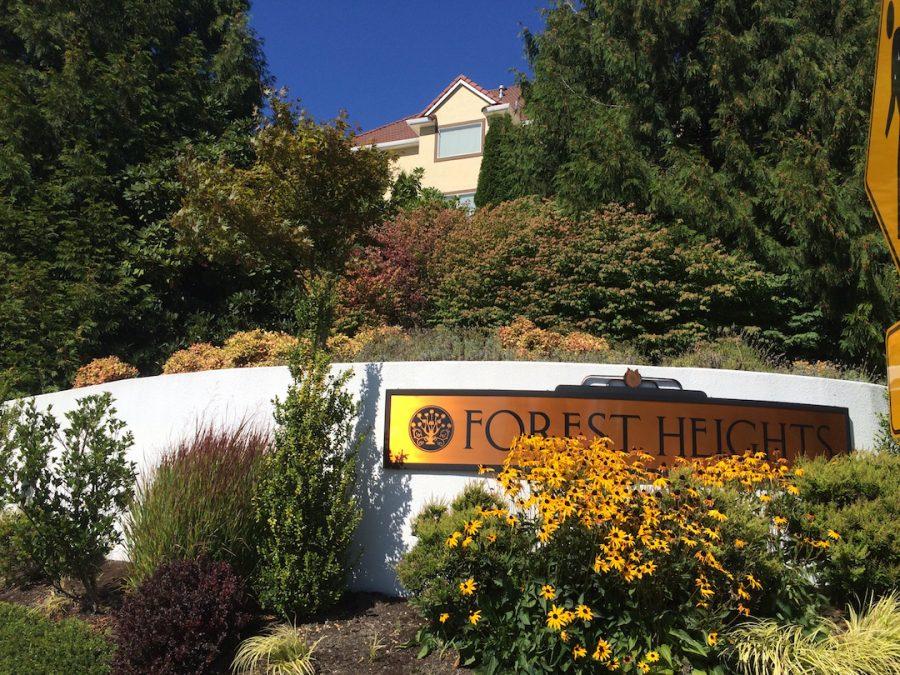School leaders call for change of “unconscionable” system
Forest Heights is an example of family-oriented housing tract developed with no money going toward building schools.
Though school board member Amy Kohnstamm and principal Peyton Chapman disagree on when a bond to rebuild Lincoln should have been passed to voters, they passionately agree that the bond system itself needs an upgrade to properly serve students.
At the moment, large bond measures periodically placed on the ballot by school districts are the only way to fund building new schools. This is not the case elsewhere.
Chapman points to several alternatives to the bond system in other states. Just across the border in California, money is automatically appropriated to rebuild schools every 30 years. Other state governments match the amount voters agree to pay on bonds. “The 30-year bond plan could be a 15-year bond plan if the state provided matching funds,” she said, referring to PPS’ 30 year plan to modernize every school, of which the Lincoln rebuild is a part. As of now, this plan relies on completely on taxpayer dollars.
Chapman wonders where city and state leaders, the business community and even private school parents are in supporting public schools. “I would love to see Catlin Gabel, OES, St. Mary’s, to start a campaign, private schools for public buildings,” she said.
Chapman’s trips to China with two different Portland mayors have shown her the value business leaders place on public schools there. “It’s the future talent pipeline. I don’t hear our business community or city leaders standing up and demanding we rebuild safe and healthy schools. Where is the governor? In Oregon, where 85 percent of us put our kids in public schools, we are requiring our kids go and sit in buildings that aren’t safe. It’s unconscionable.”
Despite Portland’s immense growth and development, no extra funding has gone towards schools. “The city needs to ask developers for system development fees to go toward schools,” she said. “When developers built Forest Heights, they didn’t have to pay anything to schools, so the district just has to build a school. And Forest Heights is a family-oriented development.”
Kohnstamm agrees. “At a time when you look at Portland and you see residential growth, we can have thousands of people moving here, but no money coming to build new schools. We can’t be a great city without great public schools, and a big part of that is the buildings themselves, making sure they’re not only safe, but beautiful, bright learning environments for our kids.”

